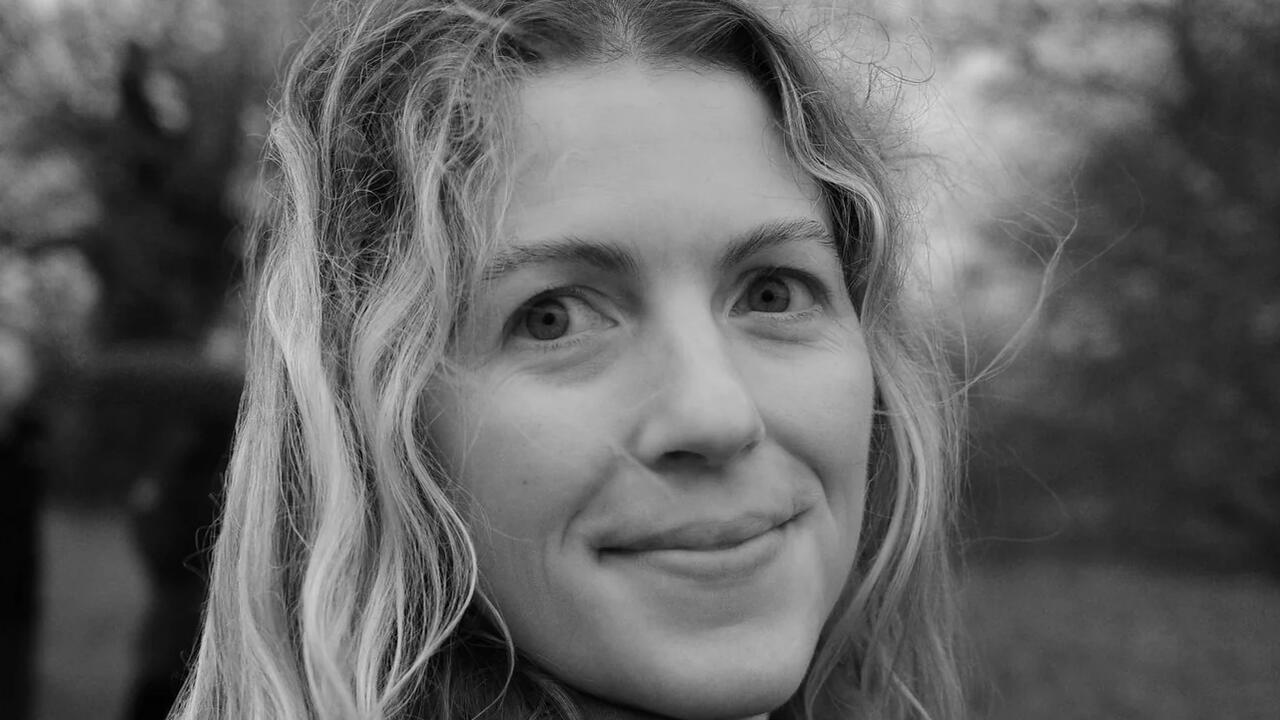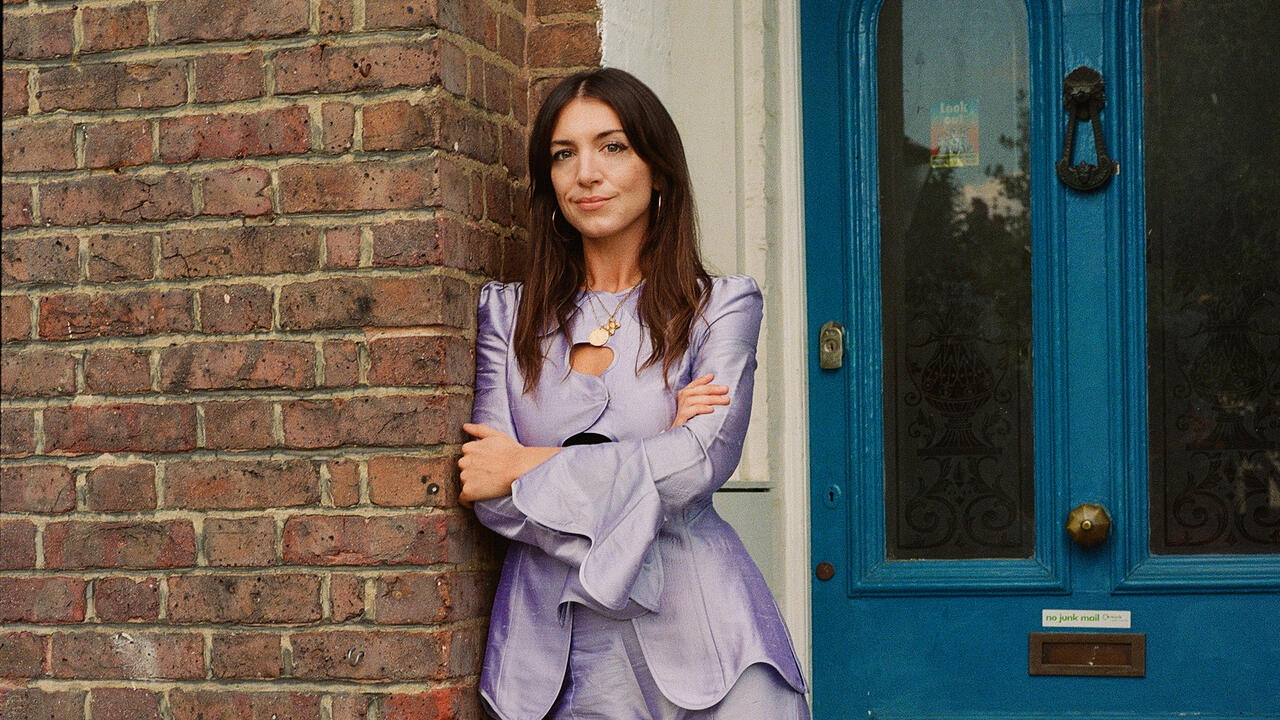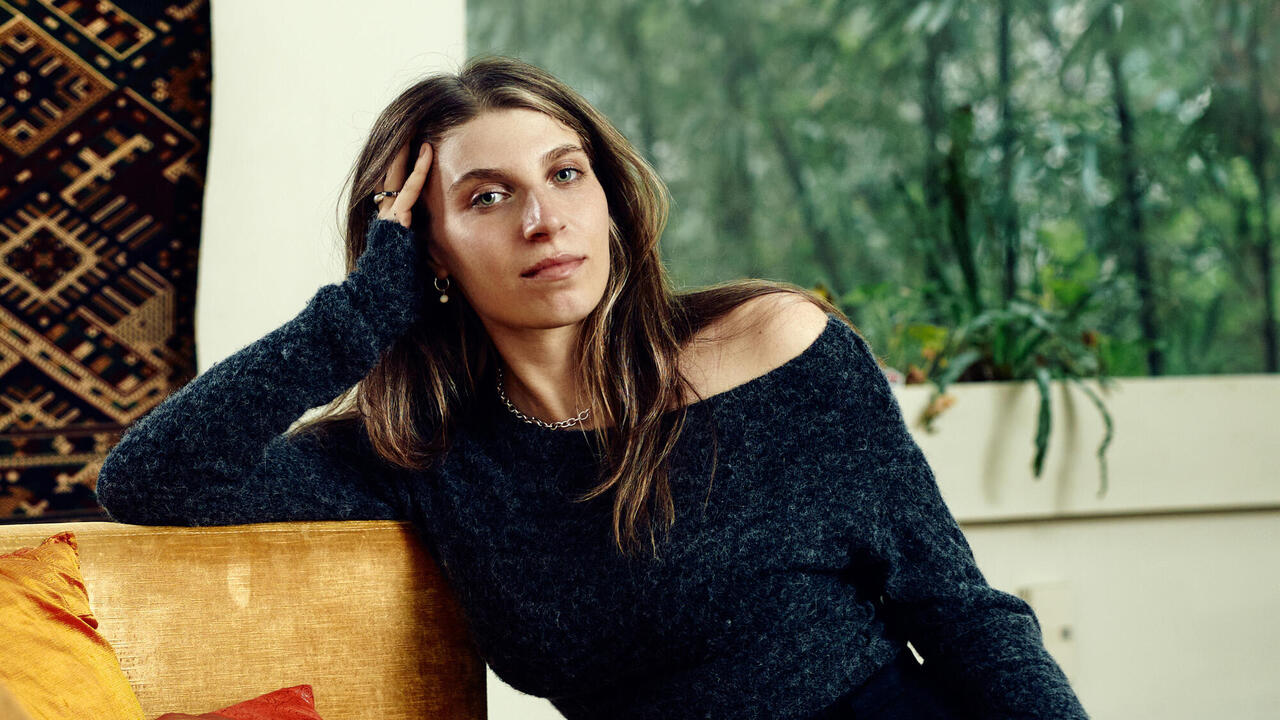Mad World
100 years ago, a group of artists gathered in Zürich and founded dada. A new book examines the under-valued role of women to this anarchic, wildly influential movement
100 years ago, a group of artists gathered in Zürich and founded dada. A new book examines the under-valued role of women to this anarchic, wildly influential movement

Arguably, dada was the first art movement that actively resisted attempts to verify its origins: in 1921, the French-German dadaist, Jean Arp, wrote that the only people eager to pin it down were ‘morons and Spanish professors’. But, in the same article, he also stated: ‘I declare that the term dada occurred to Tristan Tzara on 8 February 1916 at 6pm; I was present with my 12 children, as Tzara first uttered the word, provoking in us a justified burst of enthusiasm. This happened at Cafe Terrasse in Zürich, and I was carrying a brioche in my left nostril.’ However, in 1920, Tzara — a Romanian-born, French poet — had given a rather different account, which he had printed on a leaflet announcing a dada exhibition in Cologne: ‘I was sitting in Cafe Wolf at Limmatquai and had a noodle soup [...] when a long-sought robber and murderer entered, and left through the backdoor entrance [...] As an eye witness [...] I wanted to point the direction, but all excited and with my mouth stuffed with noodles, all I could babble was ‘da-da, da-da’; the great word was born.’
Nostril brioche or noodle soup? We may never know. What we do know is that, between the spring and autumn of 1915, as World War I destroyed Europe, a group of poets and artists gathered in Zürich to express their disgust with the carnage in a highly original way: through laughter and absurdity. Many — including the former dramaturge of Munich’s Kammerspiele theatre, Hugo Ball, and his partner, the Danish-German poet and performer, Emmy Hennings — had migrated to neutral Switzerland from Germany. Accompanied by his friend Marcel Janco, Tzara had fled Bucharest and relocated to Zürich to escape a family scandal; he intended to stay until things cooled off — which, of course, they certainly didn’t do in this particular city. On 5 February 1916, in the spacious back room of a busy tavern, the Cabaret Voltaire opened its doors to feverish recitals in Romanian, heart-warming Russian tunes played on balalaikas, snappy cabaret songs in Danish and French, and radical experiments in what today we would call ‘performance art’.

The dada movement spread like a virus. The German psychoanalyst, poet, writer and drummer Richard Huelsenbeck took it to Berlin, Tzara to Paris and Francis Picabia — after a Zürich sojourn seeking treatment for depression — to New York. Plenty of dada exhibitions, manifestos and magazines followed. However, all that remains of those first frenzied months in the back room on Spiegelgasse 1 is a handful of posters and leaflets, and the contradictory accounts of those who were present. Yet, who at the time would have guessed that what took place wasn’t simply a crazy kind of vaudeville but an important historical moment? And how is it possible to write the history of something so poorly documented, especially if, as recent scholarship has suggested, the contribution of female dadaists has so often been played down or even ignored?
We can only imagine — and the imagination is a good place to start — what those nights in Zürich must have been like. In his 1955 memoir, Arp provides a vivid description: ‘Total pandemonium. The people around us were shouting, laughing and gesticulating. Our replies are sighs of love, volleys of hiccups, poems, moos and meowing of medieval bruitists. Tzara is wiggling his behind like the belly of an oriental dancer. Janco is playing an invisible violin and bowing and scraping. Madame Hennings, with a Madonna face, is doing the splits. Huelsenbeck is banging away nonstop on the great drum, with Ball accompanying him on the piano, pale as a chalky ghost.’
Ball’s contribution to 20th-century art cannot be overstated: he could be said to have invented sound poetry. In his diary, Die Flucht aus der Zeit (Flight out of Time), published in 1927, he writes: ‘We have brought the plasticity of words to a point where it can hardly be surpassed.We achieve this result at the expense of the logically constructed, reasonable sentence, and hence at the expense of a documented work.’ Clad in azure, golden and scarlet cardboard with claw hands and a hat that looked like a stovepipe, he was carried onto the stage at the Cabaret Voltaire in June 1916. He then delivered what he called his ‘verses without words’: ‘I began to chant my vowel sequences in a church style, like a recitative, and tried not only to look serious but to force myself to be serious. For a moment, it seemed as if there was the pale, bewildered face in my cubist mask, that half-frightened, half-curious face of a ten-year-old boy, trem- bling and hanging avidly on the priest’s words in the requiems and high masses in his own parish. The lights went out, as I had ordered, and, bathed in sweat, I was carried off the stage like a magical bishop.’ As the philosopher Boris Groys argued in the first issue of frieze d/e in 2011, this moment marks the birth of a way of making art that was not defined by producing an object but by activity. You could argue that what Ball did was not art, but theatre or music, although that would be to underestimate the extent to which the artists of the Cabaret Voltaire took all these art forms — poetry, art, theatre, music, dance — and whirled them together. What emerged paved the way for the explosion of performance and the hybridizations of forms that have defined art since the 1960s.

Although Arp, Ball, Picabia and Tzara were central to dada, it’s also important to honour the contributions of women dadaists: Sophie Taeuber-Arp and Hennings in Zürich, Céline Arnauld in Paris and Elsa von Freytag-Loringhoven in NewYork, all of whose work has been belittled or ignored not simply by art historians but also, astonishingly, by their peers. It is largely thanks to art historians such as Irene Gammel, Ruth Hemus and Amelia Jones that, in recent years, the importance of women to dada has been recognized. As Ina Boesch, editor of the new book Die Dada.Wie Frauen Dada prägten (She-Dada: How Women Influenced Dada, 2015) notes in her introduction, Tzara seems to have intentionally suppressed Arnauld’s importance to the Paris scene. In a 1924 chronicle of the movement, he doesn’t even mention her name, despite the fact that she had published poems in dada journals, had issued a dada manifesto in 1920 and, in the same year, had founded and edited the journal Projecteur, which included contributions by, amongst others, André Breton, Paul Éluard, Picabia and — not least — Tzara himself. That said, Tzara did praise the work of Taeuber-Arp (as Walburga Krupp notes in her contribution to Die Dada): in a 1922 article for Vanity Fair, he described the artist’s modernist, abstract puppet designs as ‘dada’ and ‘revolutionary marionettes’. Still, her reputation lagged behind that of her husband, Jean, for decades and it wasn’t until a 1981 retrospective at NewYork’s Museum of Modern Art that her importance to the movement was cemented. Similarly, Raoul Hausmann, a key dadaist figure in Berlin, snidely remarked of his ex-partner and pioneer of photomontage, the great Hannah Höch, that ‘she was never a member of the club’.
The writer Djuna Barnes described Baroness Elsa as a 'living notebook' and Marcel Duchamp once quipped: 'She's not a futurist. She is the future!'
It is hard to understand why it wasn’t until the late 1990s that Hennings’s role in Dada was properly acknowledged, considering the fact that she co-founded Cabaret Voltaire and, in a 1916 review of the venue in the newspaper Zuricher Post, was pronounced the ‘shining star’ of the show. The reporter described her reciting Ball’s anti-war poem Totentanz (Dance of Death): ‘She sings it to a simple, almost happy tune. And the sarcasm and hatred, the desperation of the men sent to war, resonates with every sentence.’ One of the greatest trailblazers of the dada spirit was Elsa von Freytag-Loringhoven. German-born, she married Baron Leopold von Freytag-Loringhoven in New York in 1913; she was soon the most daring and provocative bohemian in town. On any given day, she could be seen strolling down the street walking her five dogs on gilded leashes, wearing a brassiere made of tomato tins, while a caged canary dangled from her neck. The writer Djuna Barnes described her as a ‘living notebook’ and Marcel Duchamp once quipped: ‘She’s not a futurist. She is the future!’ She was a punk more than 60 years avant la lettre, as well as a dadaist long before Picabia brought word of Zürich events to Manhattan.
Photographs taken in 1915 show the Baroness in a tight, striped acrobat costume wearing an aviator hat with a feather stuck onto it, striking exalted poses with a witty smile. She was transgressive in almost all respects: although flamboyantly extravagant she lived on a shoestring and was, at times, homeless; she had relationships with both men and women, making plaster casts of penises and shaving her pubic hair for a now-lost film made by Duchamp and Man Ray in 1921. Arguably, Freytag-Loringhoven was the first to create assemblages from found objects, which initially she donned as clothing. In her poetry, she also reflected on the rise of consumer culture, incorporating brand names like Wrigley or Philadelphia cream cheese into her verse. In 1917, she attached a piece of drainpipe to a mitre box and titled the resulting sculpture God. Based on a note Duchamp sent to his sister that same year, stating that ‘one of my female friends under a masculine pseudonym, Richard Mutt, sent in a porcelain urinal as a sculpture’, it has been speculated that it was, in fact, the Baroness to whom Fountain — one of the key works of 20th-century art — should have been attributed. None of this should be surprising: after all, not revealing the origins of an object or an idea — not least if it served male privilege — seems always to have been a dada strategy.
Main image: Opening of the first ‘International Dada Fair’ , 1920. From left to right: (standing) Raoul Hausmann, Otto Burchard, Johannes Baader, Wieland and Margaret Herzfeld, George Grosz and John Heartfield. Seated: Hannah Höch and Otto Schmalhausen. Courtesy: Bildagentur für Kunst, Kultur und Geschichte, Berlin, and Scala, Florence






















